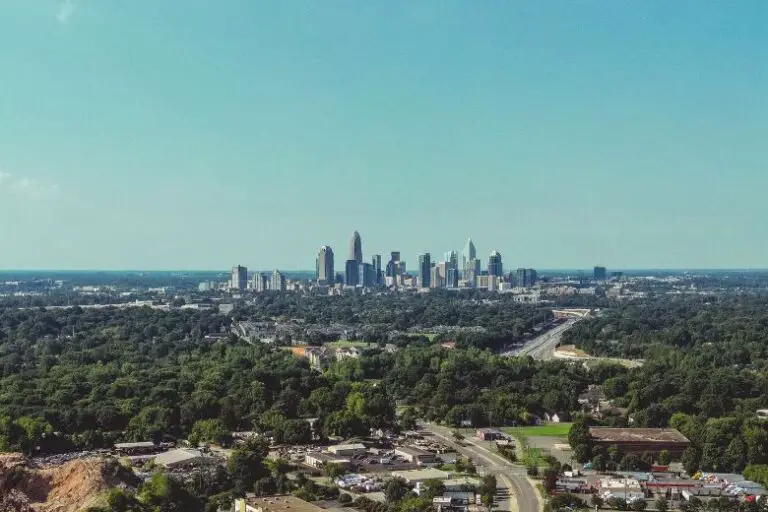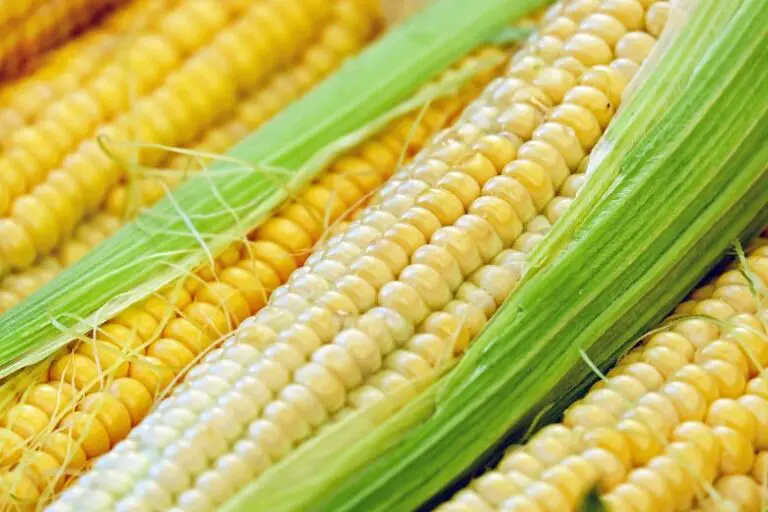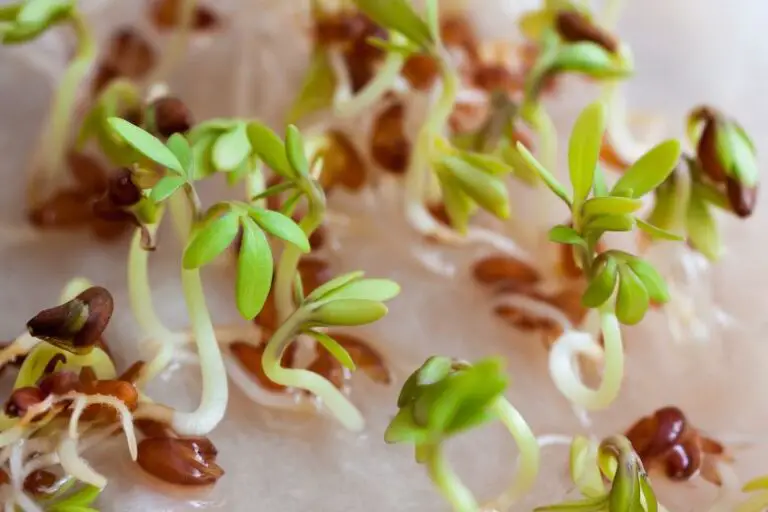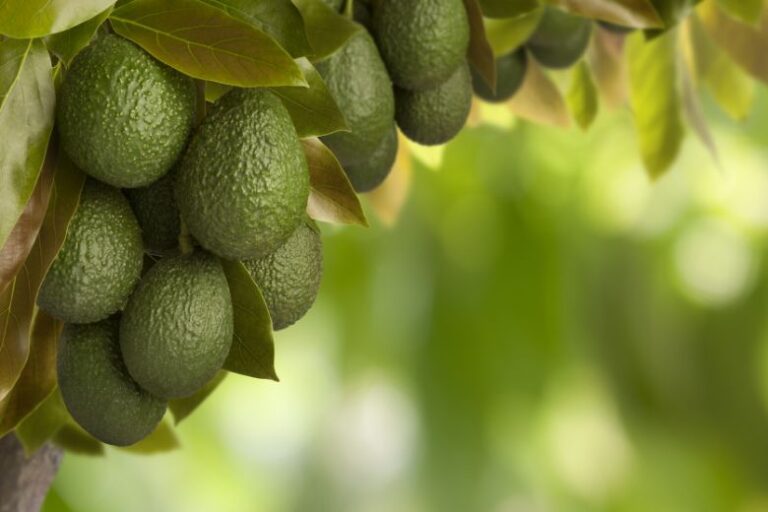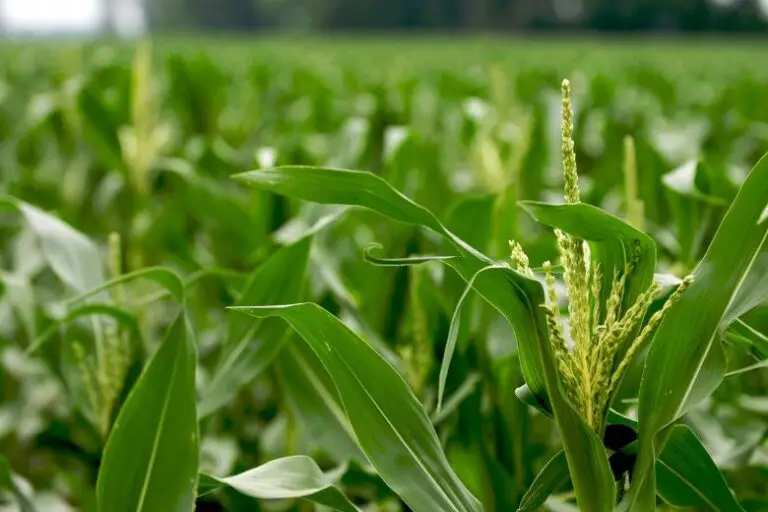Are Mango Trees Evergreen?
Mango trees are widely known for their delicious fruits and tropical appeal. One question that often arises among enthusiasts and curious minds is whether mango trees are evergreen. In this article, we will explore the characteristics of mango trees and shed light on their foliage throughout different seasons. We’ll delve into the life cycle of mango trees, their growth patterns, and how they adapt to varying climatic conditions. By the end, you’ll have a comprehensive understanding of whether mango trees can be classified as evergreen.
Understanding Mango Trees
Origin and Distribution
Mango trees (Mangifera indica) originated in South Asia and have been cultivated for thousands of years. Today, they can be found in tropical and subtropical regions around the world. Their popularity and economic importance have led to mango plantations in various countries, including India, Mexico, Thailand, and Brazil.
Mango Tree Anatomy
A mango tree is characterized by its tall stature, reaching heights of up to 100 feet (30 meters). The tree features a dense crown of leaves and an extensive root system, which helps it extract nutrients from the soil. The leaves are typically elongated and arranged spirally, providing a lush and vibrant appearance to the tree.
Life Cycle of a Mango Tree
Mango trees undergo a complex life cycle, progressing from a seed to a mature tree capable of producing fruits. The life cycle includes the stages of germination, seedling growth, vegetative growth, flowering, fruiting, and senescence. The duration of each stage can vary depending on environmental conditions and tree variety.
Deciduous or Evergreen?
Seasonal Changes in Mango Trees
Mango trees exhibit seasonal changes in their foliage, which can lead to confusion regarding their classification as evergreen or deciduous. In regions with distinct seasons, mango trees may experience a period of dormancy during the winter months. During this time, the leaves may turn yellow or shed, giving the appearance of a deciduous tree.
Leaf Shedding and Regrowth
Although mango trees may lose their leaves under certain conditions, they quickly regrow new foliage during the spring season. The shedding of leaves is a natural process for many tropical trees, allowing them to conserve resources and adapt to environmental changes. As the weather becomes favorable, mango trees enter a new growth phase, sprouting fresh leaves and rejuvenating their appearance.
Factors Influencing Foliage
Climate and Geography
The climate and geography of a region play a significant role in determining the foliage of mango trees. In areas with mild winters and consistent temperatures, mango trees may retain their leaves year-round, showcasing evergreen characteristics. However, in regions with pronounced seasonal variations, mango trees may exhibit deciduous tendencies, shedding their leaves during colder periods.
Mango Tree Varieties
It’s important to note that not all mango tree varieties behave in the same way. Some mango cultivars are more likely to retain their leaves throughout the year, displaying evergreen traits. On the other hand, certain varieties may have a higher tendency to shed their leaves temporarily. Therefore, the evergreen or deciduous nature of a mango tree can also be influenced by its specific variety.
Significance of Evergreen Status
The distinction between evergreen and deciduous trees holds both aesthetic and practical significance. Evergreen trees provide a continuous canopy of greenery, maintaining their beauty and providing shade even during colder seasons. In contrast, deciduous trees offer the opportunity to witness the changing colors of foliage, reflecting the transitions in nature. Understanding the characteristics of mango trees allows us to appreciate their adaptability and diverse foliage patterns.
Conclusion
In conclusion, mango trees exhibit both evergreen and deciduous traits, depending on various factors such as climate, geography, and variety. While they may experience leaf shedding during certain seasons, mango trees quickly regenerate new leaves, giving them a resilient and adaptable nature. Whether classified as evergreen or deciduous, mango trees captivate us with their vibrant appearance and luscious fruits, making them a beloved addition to tropical landscapes.
FAQs
- Q: Do all mango trees shed their leaves?
- A: Not all mango tree varieties shed their leaves, but some may exhibit seasonal leaf shedding.
- Q: Are mango trees more likely to be evergreen in tropical regions?
- A: Yes, mango trees in tropical regions tend to retain their leaves year-round, showcasing evergreen characteristics.
- Q: Can mango trees survive in colder climates?
- A: Mango trees are tropical and subtropical plants, and while they can tolerate brief periods of cold temperatures, prolonged exposure to frost can be detrimental to their health.
- Q: Do evergreen mango trees produce fruits throughout the year?
- A: Mango trees, whether evergreen or deciduous, typically have a specific fruiting season that varies depending on the variety and environmental conditions.
- Q: Can I grow mango trees in containers or pots?
- A: Yes, it is possible to grow dwarf or semi-dwarf mango tree varieties in containers or pots, allowing for cultivation in regions with limited space or colder climates.


